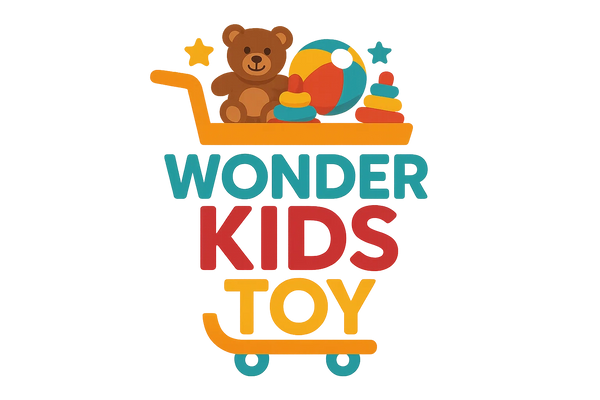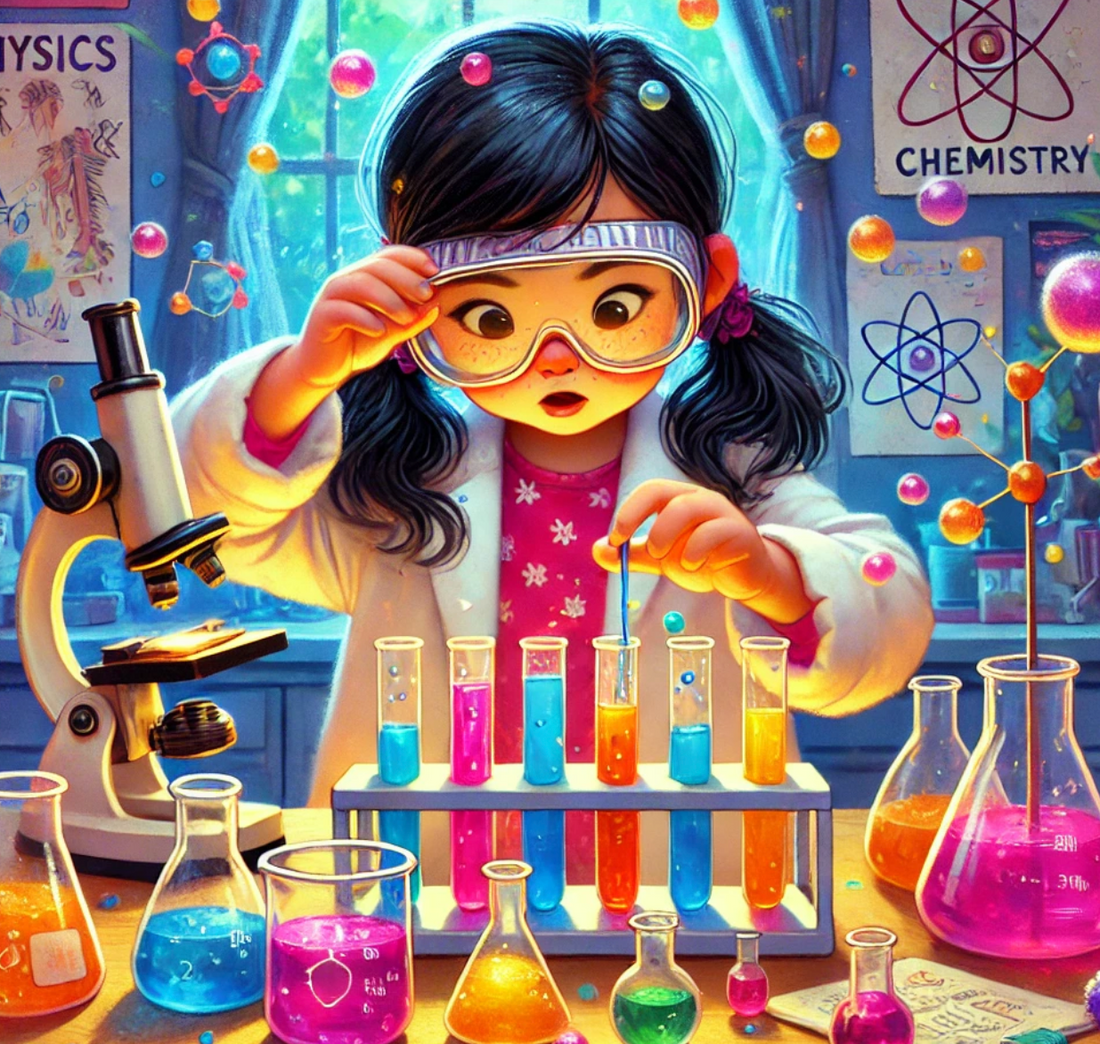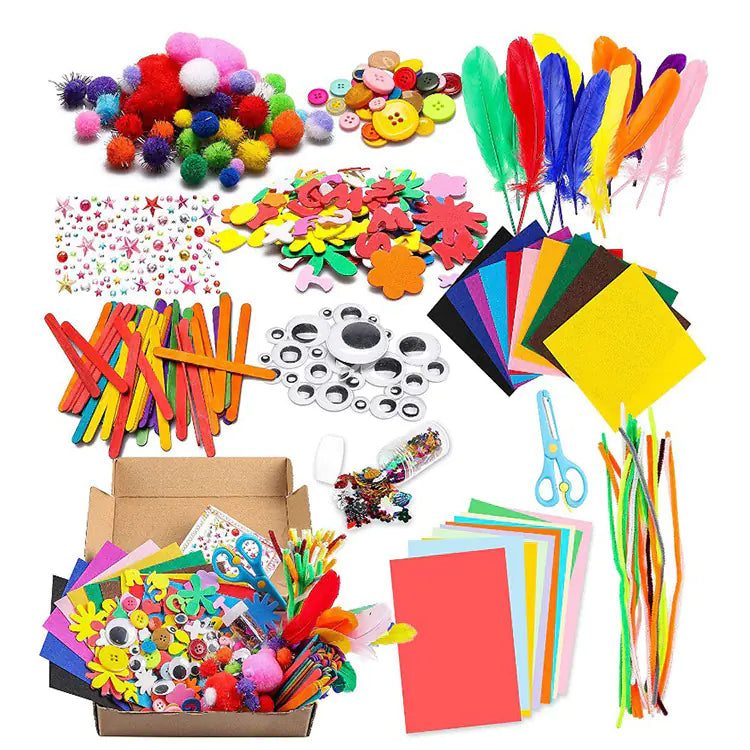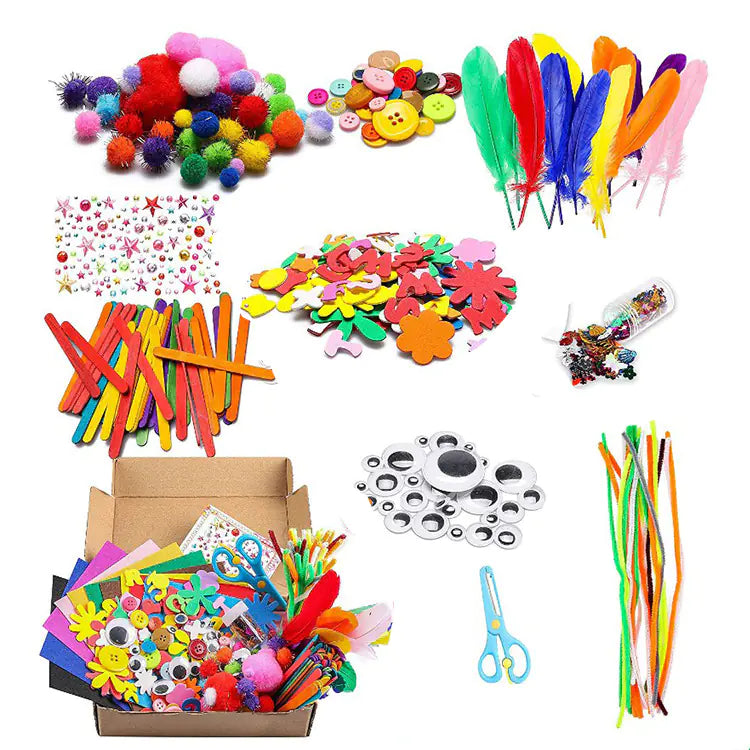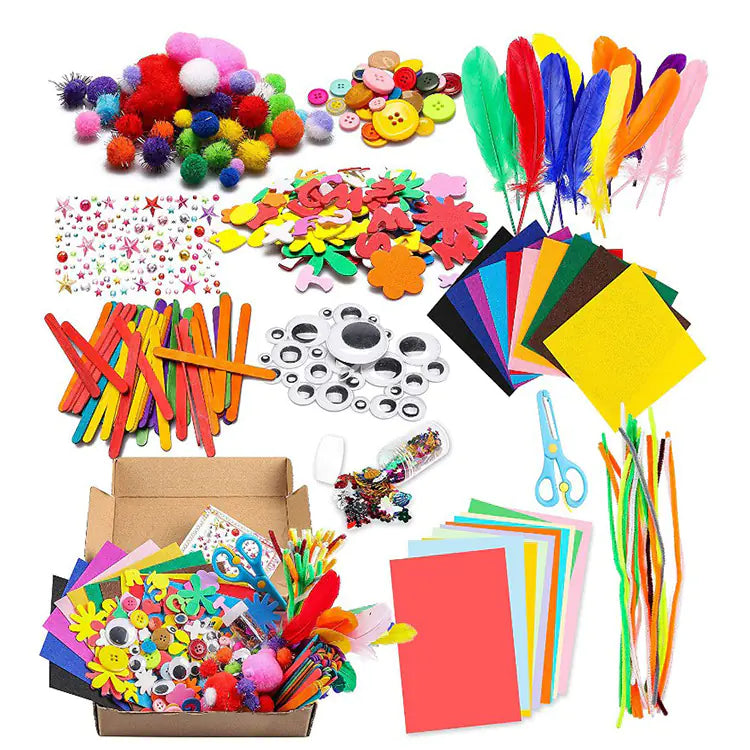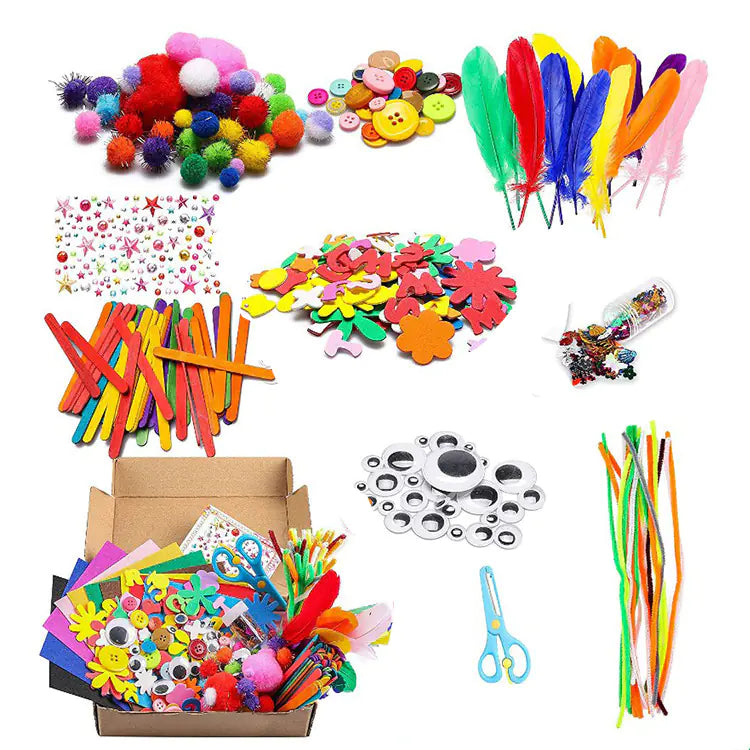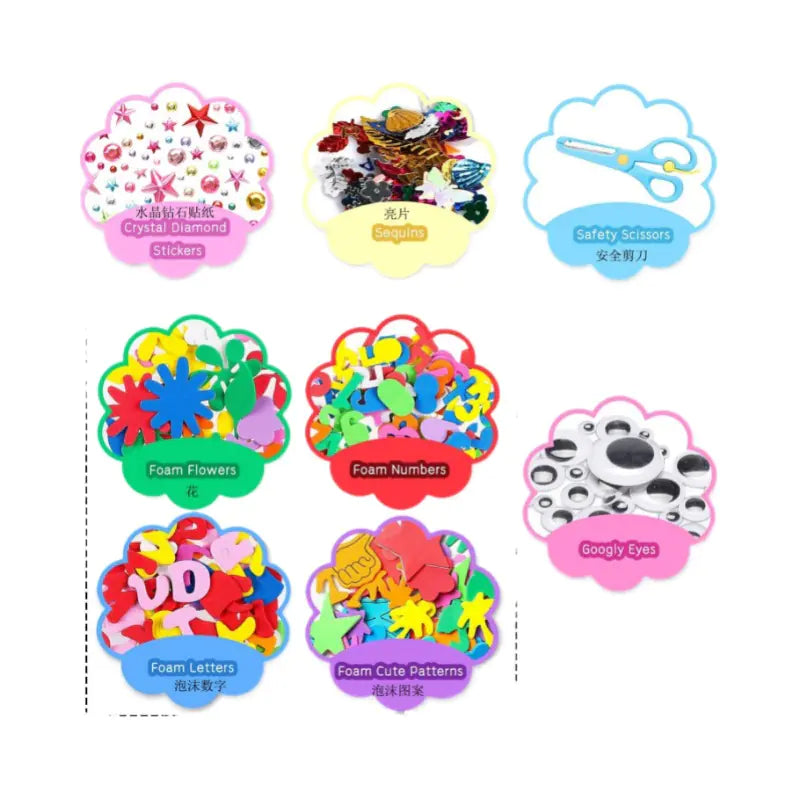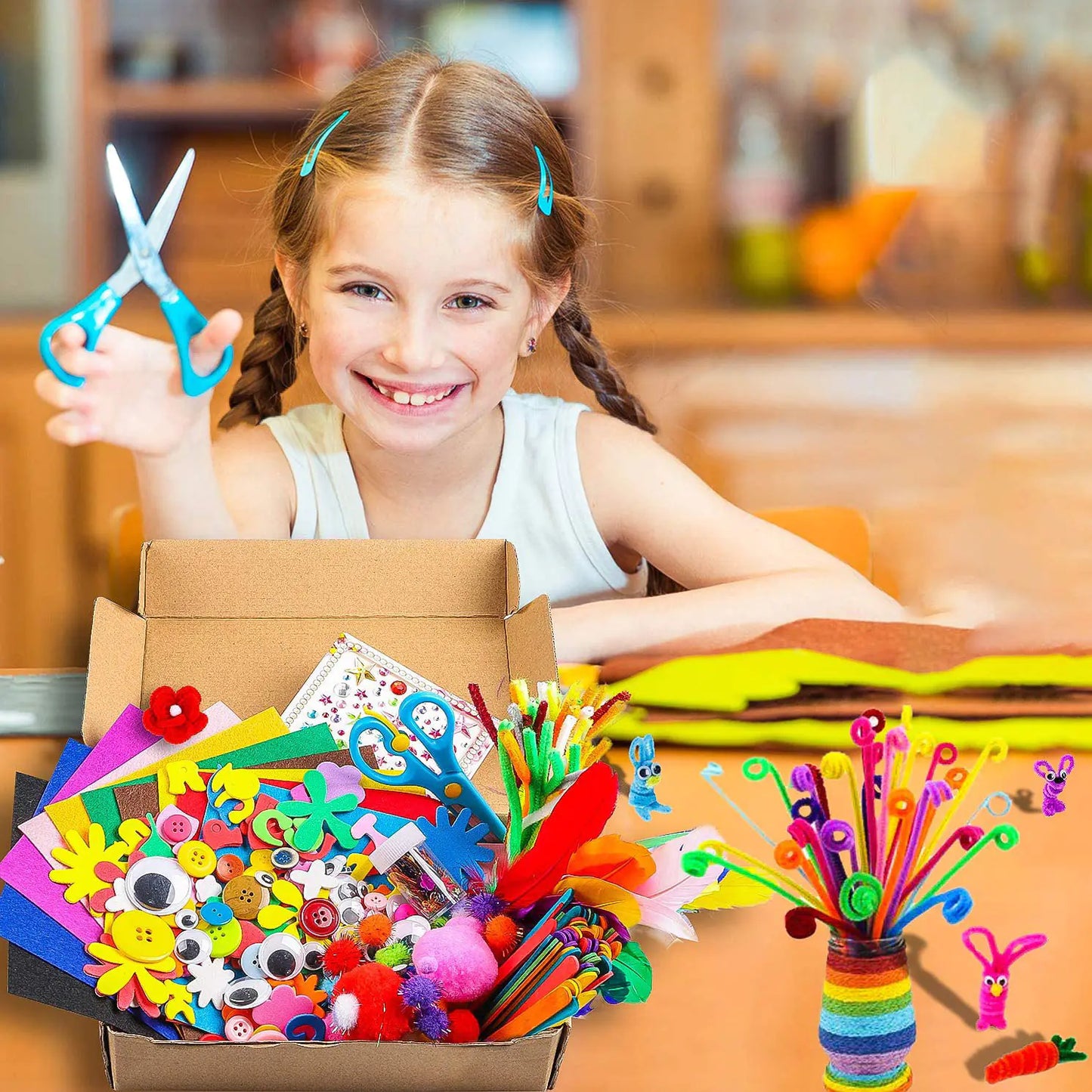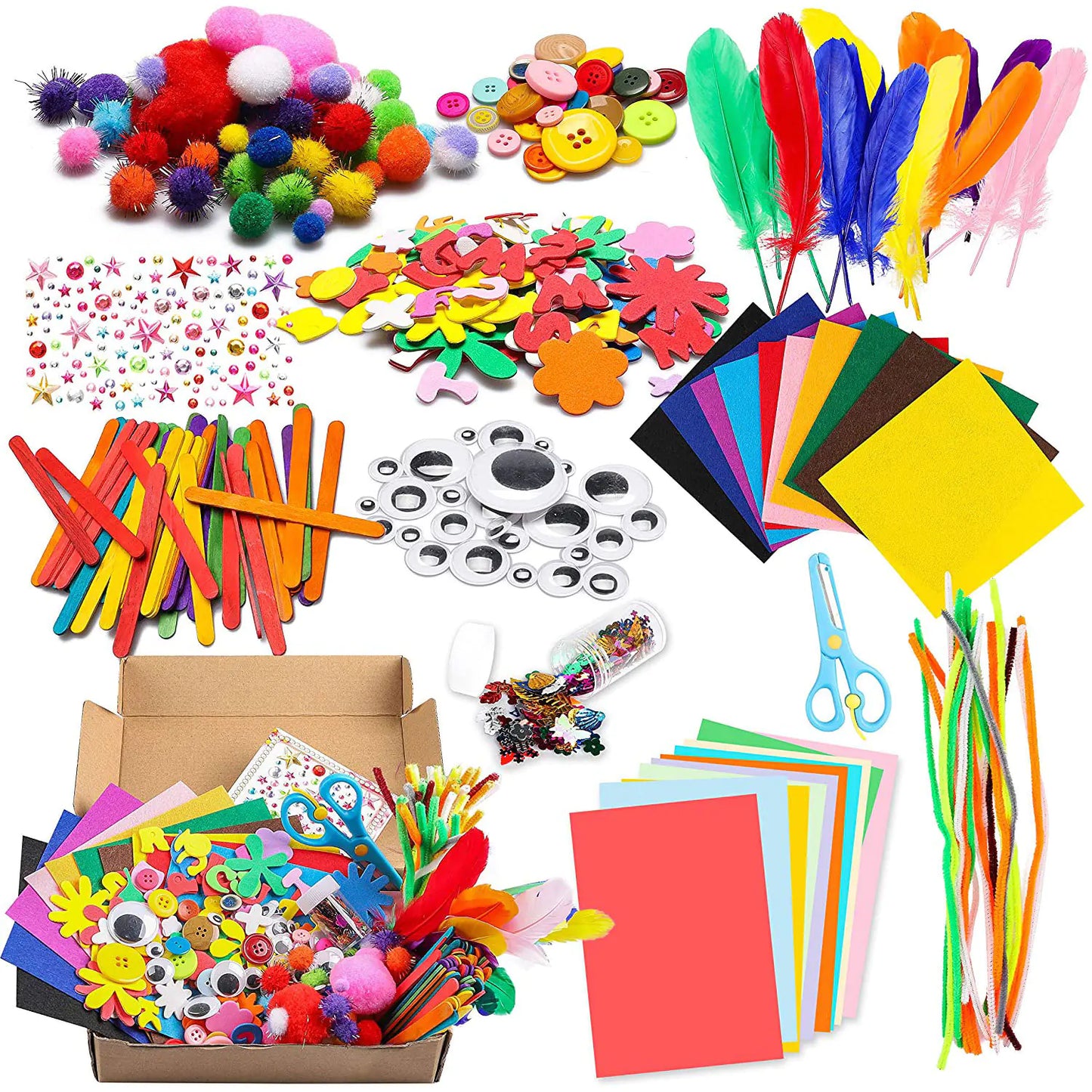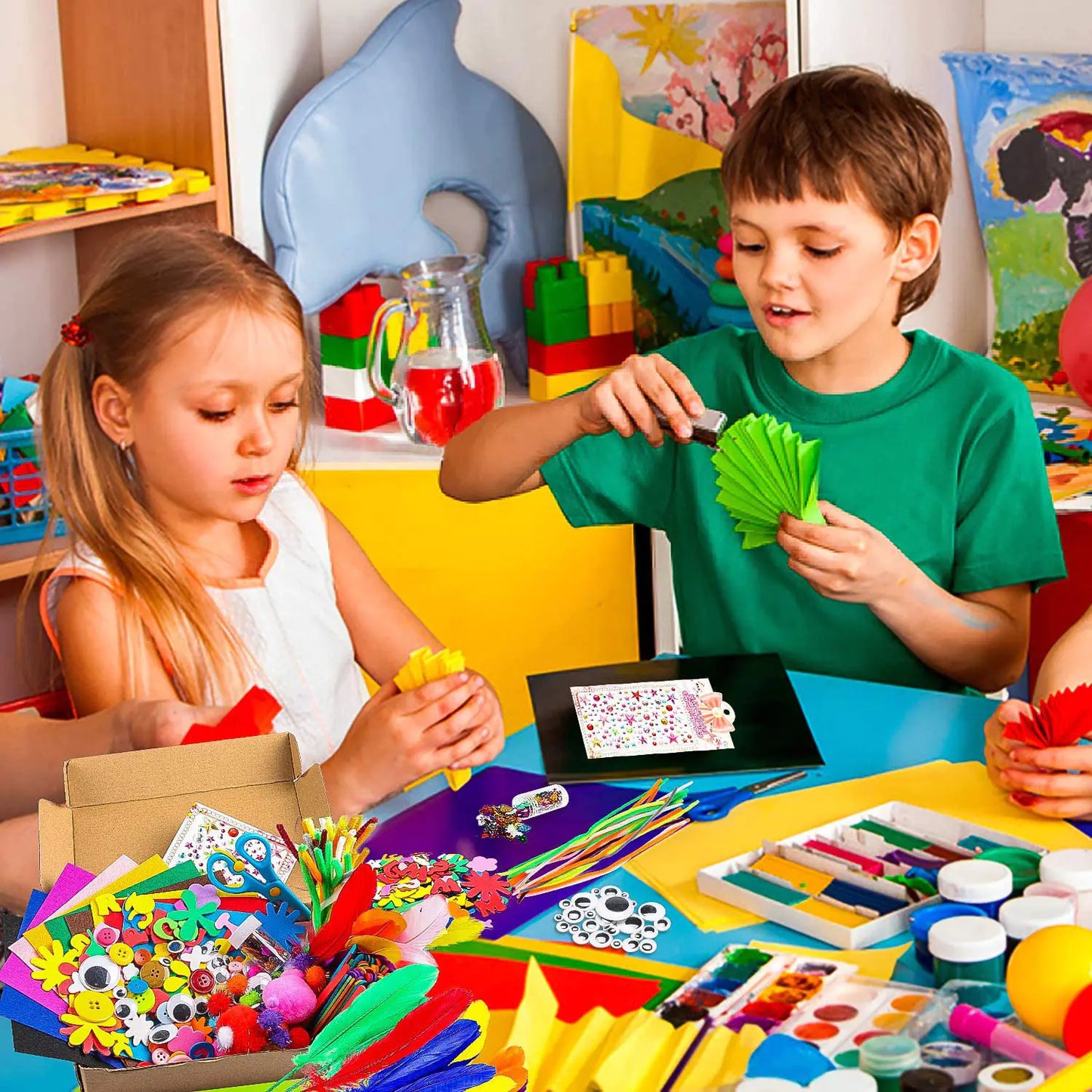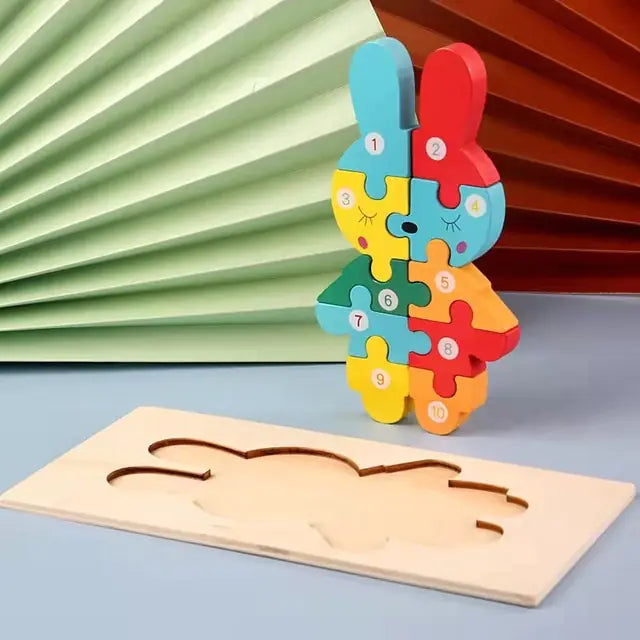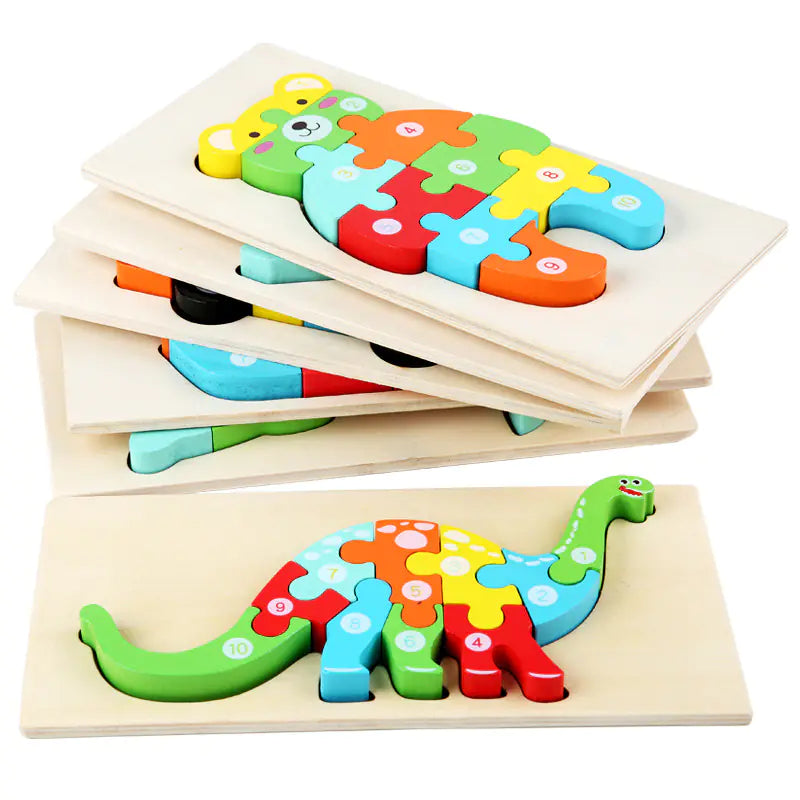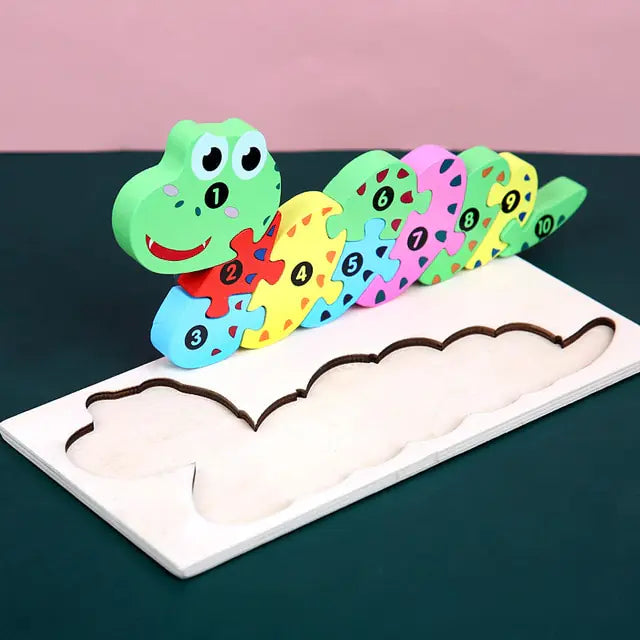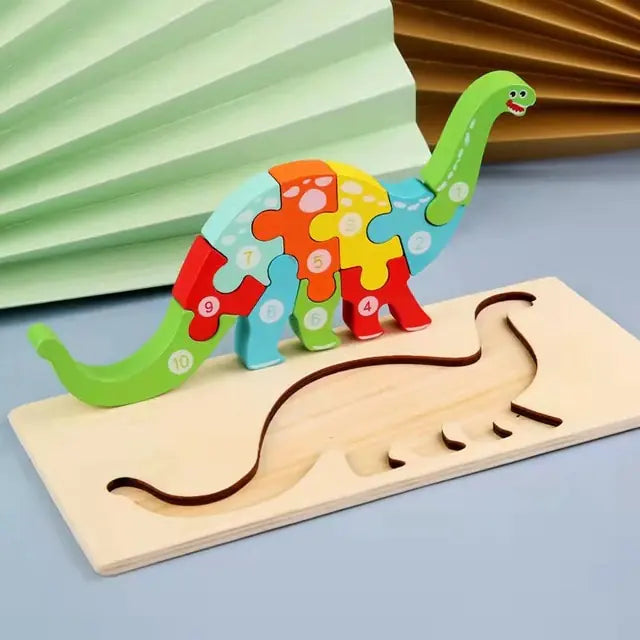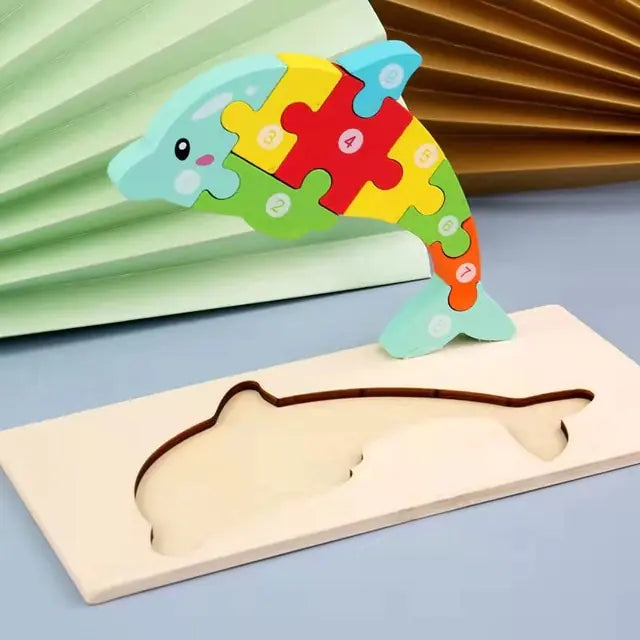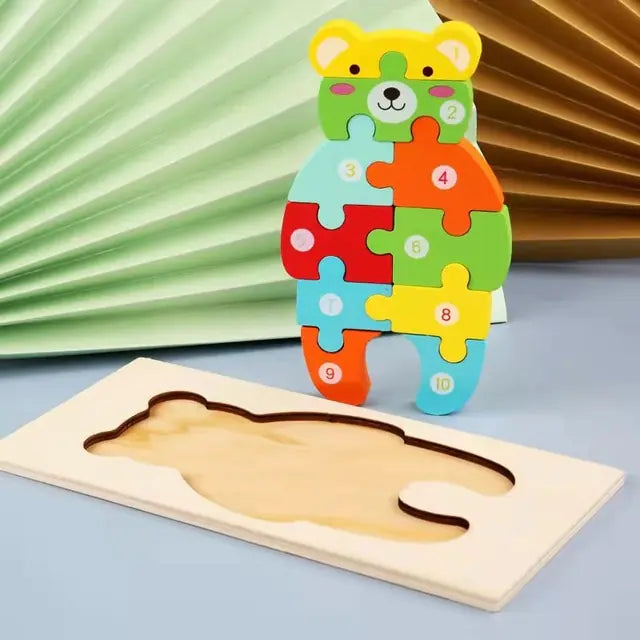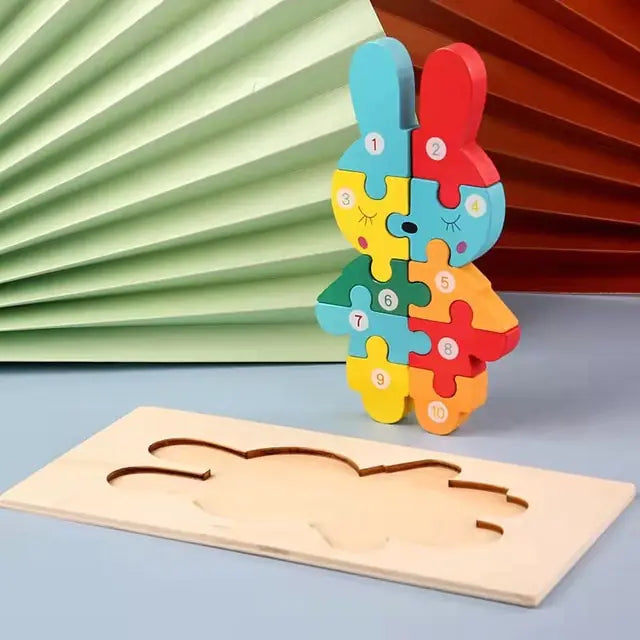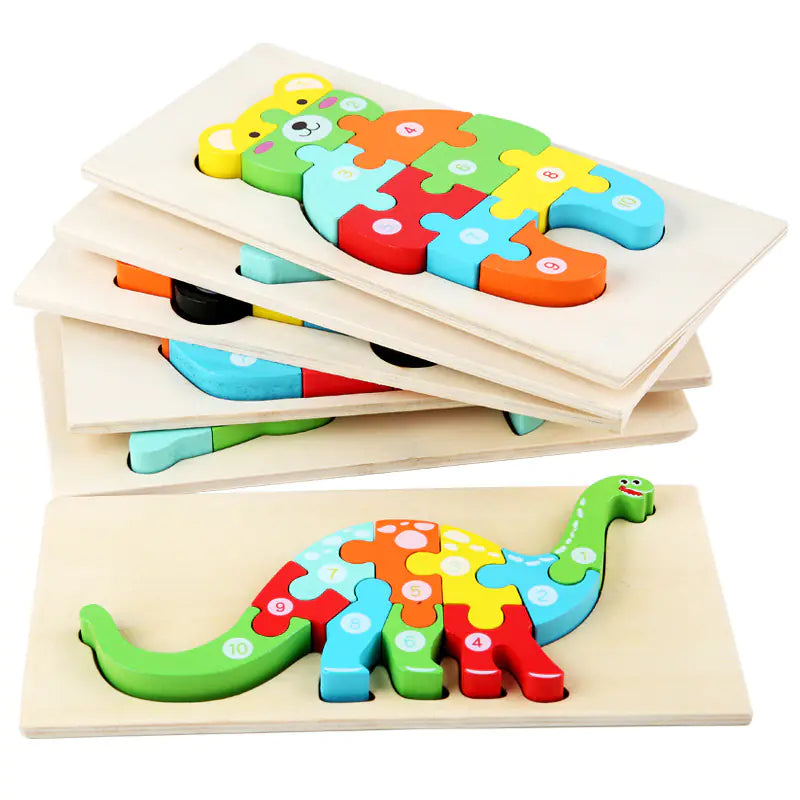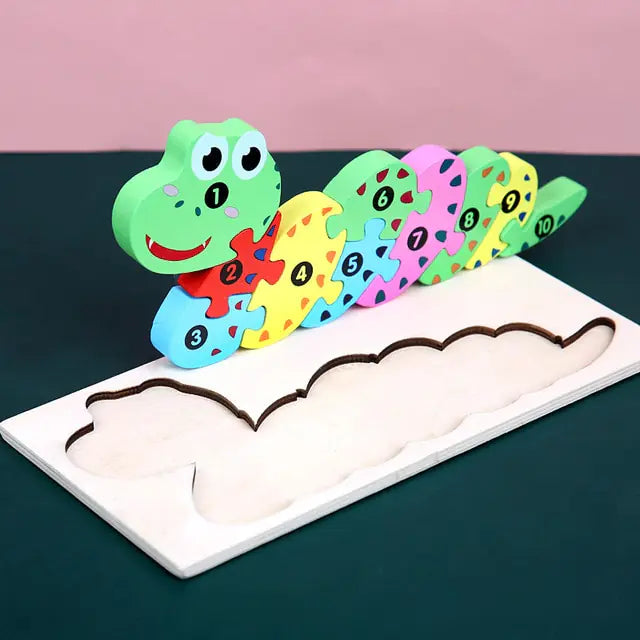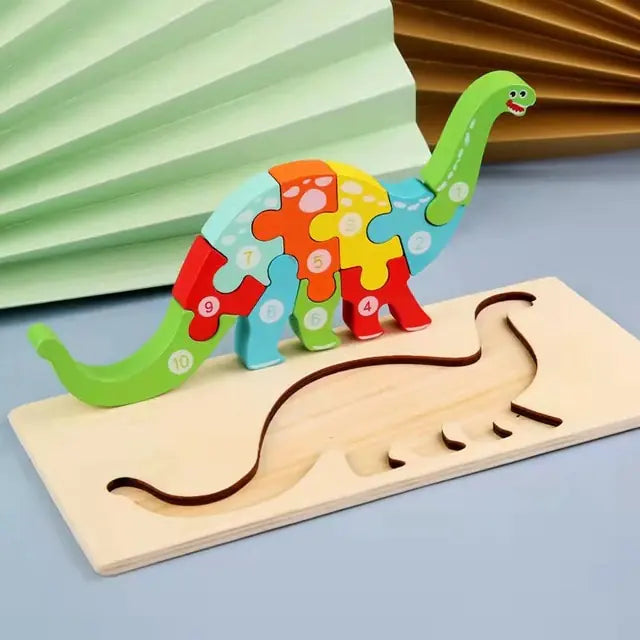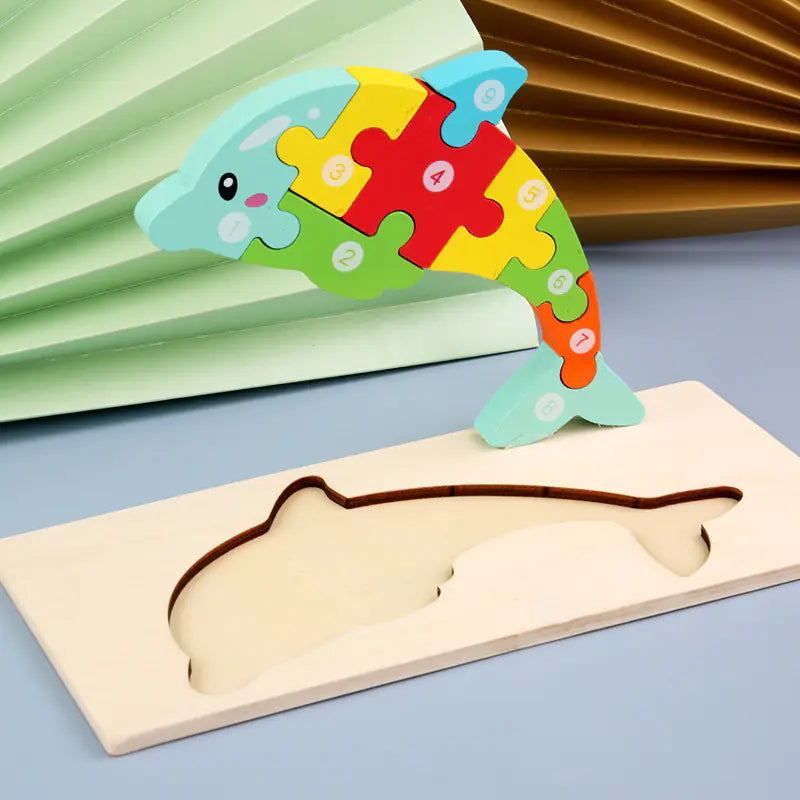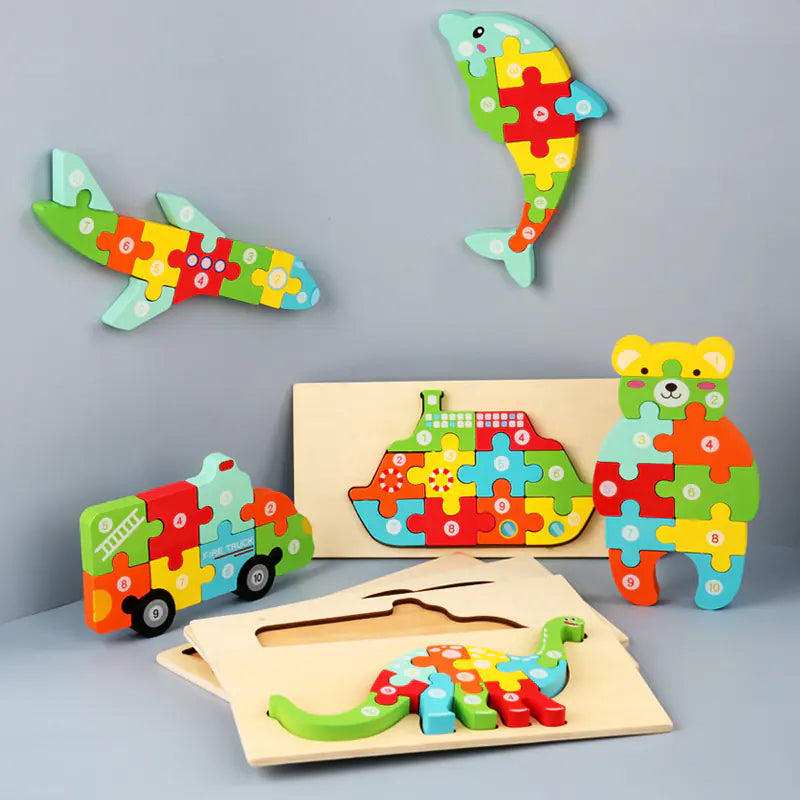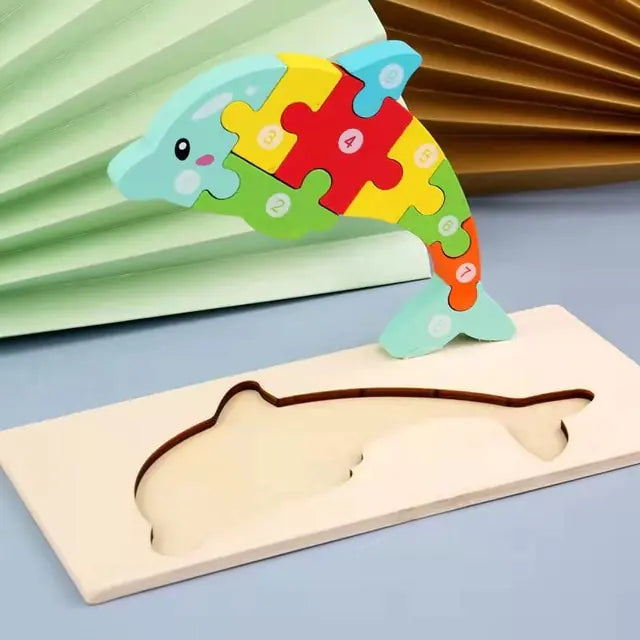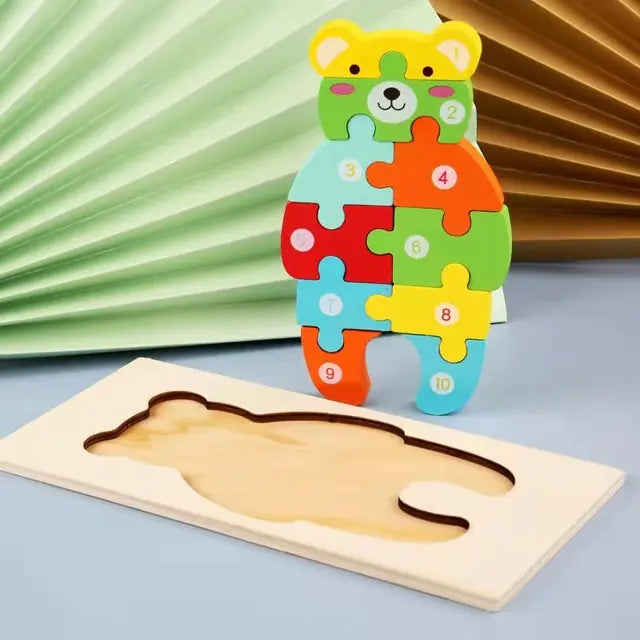Science Experiment Kits for All Ages
Science experiment kits help take education beyond the classroom, introducing young learners to interactive, exciting, hands-on activities that spark curiosity and creativity. These kits contain everything you need to dig deep into important scientific concepts, whether at home or in the classroom.
From the humble chemistry sets of yore to complex physics models, they’re designed for an array of ages—and scientific curiosity levels. Parents and educators appreciate these tools for breaking complex concepts into digestible insights.
Children love to experiment and experience real-world applications of what they’re learning. Whether learning about chemical reactions or creating working circuits, these kits excitingly provide hands-on learning. They are an effortless and accessible way to get people excited about science.
These kits cater to both people who are just starting and those who are experts in their field.
What Are Science Experiment Kits
Science experiment kits provide all the tools to make discovering scientific concepts fun and approachable. They are a perfect fit for children and families and offer an engaging, interactive experience that helps kids and adults discover the exciting world of STEM—science, Technology, Engineering, and Mathematics.
Most kits come with five to eight experiments, providing endless hours of fun and learning. Explore chemistry, biology, or physics without the hassle! These Science Experiment Kits take the hassle out of your experience by giving you everything you need in one convenient package!
Definition and Key Features
Science experiment kits generally have additional features that make them convenient and easy to use. Detailed instructions walk you through the process step by step, and high-quality materials are safe and reliable. They appeal to various interests, from anatomy and robotics to polymer chemistry.
These kits promote an interactive, hands-on approach, allowing aspiring scientists to understand intricate scientific concepts. Educators and parents simplify learning by simplifying complicated concepts into fun, hands-on experiments. For instance, a chemistry kit would provide all the materials needed to explore a variety of reactions safely, making it less scary to get started.
Types of Experiment Kits Available
| Kit Type | Features | Target Audience | Topics Covered |
|---|---|---|---|
| Backpack Kits | Portable, compact | Young explorers | Nature, geology |
| Dissection Kits | Realistic specimens and tools | Biology enthusiasts | Anatomy, life sciences |
| Chemistry Kits | Safe chemicals, measuring tools | Budding chemists | Reactions, solutions |
| Medical Kits | Stethoscopes, anatomy models | Future doctors | The human body, health science |
| Technology Kits | Circuit boards, coding guides | Tech-savvy Learners | Robotics, coding |
| DIY Kits | Build-your-own experiments | Creative minds | Engineering, innovation |
| Slime Kits | Fun, sensory-focused projects | Younger children | Polymer chemistry |
These kits cover topics ranging from chemistry to biology to physical science, making them perfect for almost any learner. For example, a dissection kit would be a good fit for aspiring biologists, while a technology-themed kit introduces the basics of coding.
Families will enjoy and learn together as they transform STEM kits into an exciting evening at home. Their versatility doesn’t stop there—they also double as a fun rainy-day activity!
Educational Benefits for Different Ages
Developing Curiosity in Young Children
Science experiment kits for preschool and kindergarten students are thoughtfully crafted to align with their developmental level. These kits typically feature low-cost tools like droppers, magnifying glasses, or color-mixing activities. A simple kit could allow kids to explore how primary colors combine to form secondary colors.
They can do all of this with coated, safe, washable paints! Tinkering activities like these promote exploration, which allows young learners to understand the “why” behind what they see. Children strengthen their innate curiosity by playing with these tools and relating what they see and experience daily to fundamental scientific concepts.
This foundation inspires the magic moment, the spark of passion that brings them to science. It promotes early cognitive skills like observing and classifying, which are the building blocks of later learning.
Enhancing Problem-Solving in Teens
Teenage science kits allow teens to explore their learning on a deeper level. They bring to life rigorous experiments that spark imagination and critical thinking abilities. A simple robotics kit could excite teenagers about engineering, challenging them to create the fastest motor-powered car.
They must identify the problem and refine their design when their invention fails. These hands-on experiences bring textbook lessons to life, whether constructing a circuit, experimenting with chemical reactions, or coding a basic program.
Most of these kits encourage collaboration, as teens work in teams to solve problems, share ideas, and accomplish common goals. This collaborative effort replicates real-world situations, preparing them for teamwork in higher education and the workforce.
Building Advanced Skills in Older Students
High school and college students excel when they train with cutting-edge science kits. These kits dive deep into specialized fields, including biology, engineering, and physics. For example, kits with a genetics emphasis may feature DNA extraction apparatus for strawberries, providing an accessible taste of molecular science.
These activities help older students grasp complex concepts while developing technical skills essential for STEM careers. Advanced kits offer deeper dives into subjects such as renewable energy or medical diagnostics.
Through hands-on simulation experiences, students learn to think ahead, adapt, and apply what they’ve learned. This experience translates classroom learning to industry application, giving them added confidence and competence in their chosen fields.
Choosing the Right Science Experiment Kit
When selecting a science experiment kit, consider these factors:
- Interests and hobbies of the learner
- Skill level to match the kit's complexity
- Age-appropriateness to ensure suitability
- Educational goals and alignment with learning objectives
- Clear instructions for ease of use
Parents and educators must gauge the learners' interests. A child fascinated by space may enjoy a solar system model kit, while one interested in nature could explore plant-growing kits. Talking to them in advance or using a brief survey can help identify their curiosity.
Asking to see different brands and types is another savvy move. Some kits are heavily science-oriented, emphasizing chemistry, while others are more engineering-centric. For example, brands like KiwiCo specialize in age-specific kits, and National Geographic has science experiment kits with a STEM focus.
1. Assess Interests and Hobbies
Fitting kits to kids’ interests helps ensure excitement and enjoyment. For instance, a future chemist would love a kit to grow their crystals. Engaging science kits such as these encourage inquisitiveness while teaching basic principles.
2. Match Skill Levels to Kit Complexity
Introductory kits may feature basic projects like making a volcano, while more complex kits may focus on robotics. Choosing the right level is essential for building confidence and a positive experience.
3. Consider Age-Appropriate Options
Younger children will enjoy hands-on kits with safe, more prominent parts, while older students might gravitate toward kits with more complex experiments. Age-appropriate science experiment kits maximize learning while keeping kids engaged and eager to learn more.
4. Explore STEM-Focused Kits
STEM kits usually incorporate hands-on activities that require coding, physics, or biology. Beyond getting them ready for future jobs, these kits stimulate interest in those in-demand professions.
5. Look for Comprehensive Instructions
So clear, step-by-step guides are key. The best kits provide an opportunity for kids to engage in the project with limited adult supervision, promoting a sense of self-confidence in their capabilities.
Safety Tips for Experiments at Home
Use Protective Gear and Tools
Protective gear, such as goggles and gloves, should be essential to any home science experiment. These tools protect your eyes and skin from unexpected splashes, spills, or chemical reactions. Most chemistry kits come with safety equipment that is ideally suited for use at home, so even large-scale chemicals can still be done safely and effectively.
Proper tools are essential—they ensure precise measurements and minimize safety risks. For instance, measuring with a dropper instead of pouring from a bottle reduces the chance of a spill. A parent should supervise all tool use, especially when using sharp instruments or heated materials.
This guidance prevents the activity from mishandling and ensures it proceeds smoothly, safely, and securely.
Supervise Young Learners During Experiments
Adult supervision is critical when young learners are participating in experiments. It’s not just about safety; it’s about support. Supervision ensures that kids are using materials safely and taking steps in the correct order.
Engaging together can make the whole experience more enjoyable and educational. For example, instructing a child on mixing two ingredients while describing the chemical process fosters learning and engagement.
Being on-site allows adults to intervene immediately if a problem occurs, which helps keep the environment safe.
Follow Instructions Step-by-Step
Being precise in your approach is essential for safety and, ultimately, for the successful execution of an experiment. When you rush, mistakes can cause accidents, such as incorrectly mixing ingredients. Following the steps closely guarantees that the results will be what you expect and prevents accidents from happening.
The secret ingredient to science is Patience— the #1 science skill! Even seemingly minor things, such as stirring in a particular direction or heating for a precise number of seconds, can make a big difference.
Store Chemicals and Tools Safely
Proper storage of chemicals and tools is essential after experiments. Plan to keep materials organized, labeled, and in a safe, secure location out of the reach of children. For instance, keeping liquids in clearly labeled bottles prevents them from being used wrongfully.
Safety Data Sheets (SDSs) with kits are helpful as they describe potential hazards. Never leave tools lying around; always return them to their proper cases.
Store all chemicals in ventilated spaces to reduce the chances of spills or fumes.
Best Practices for Classroom Experiments
Organize Materials Before Starting
Prepare Start by having all of the expected materials prepped ahead of time. A logistical checklist for each activity is a godsend, ensuring nothing gets forgotten.
First, gather your measuring cups, safety goggles, and all the necessary cleanup gear. Then, you’re ready to carry out your vinegar and baking soda reaction!
Having everything set up ahead reduces distractions and allows students to focus on the experiment. An orderly arrangement has many other advantages, but the most significant benefit is the time saved, which opens up space for exploratory thinking and discussion.
Assign Roles to Team Members
Collaborative group experiments work best when the students are cooperative, and giving them specific roles will allow them to work even better together. Roles such as “materials manager,” “recorder,” or “observer” help ensure that each student has a purpose.
For example, one student measures the ingredients, and another writes observations in a science notebook. These assignments are impactful beyond increasing engagement, as they instill responsibility.
Communicating clearly defined roles improves communication and helps ensure everything gets done in an orderly manner to avoid mistakes.
Promote Collaboration and Discussion
A supportive, collaborative environment fosters a spirit of curiosity and inquiry. When running the experiments, allow students to share their observations and discuss results.
For instance, have teams discuss their results when they’ve tested the pH of different liquids. This interaction fosters critical thinking and can even ignite an unexpected new concept.
Fostering these conversations allows students to understand better how what they’re learning in theory can be applied in practice, making science more relatable and engaging.
Ensure Proper Cleanup After Activities
Safety, neatness, and organization don’t stop just because the experiment is finished. Like with all experiments, proper and thorough cleanup is essential to keep a clean experiment space and safety.
Students can take ownership of wiping down work surfaces, washing tools, and disposing of materials per protocol. For instance, they can ensure all chemicals are locked up and sealed and surfaces are clean and disinfected.
Don’t underestimate the value of cleanup time for allowing students to reflect on the experiment. Most importantly, it helps them consolidate their understanding and discuss their learning.
Exploring Science Through Experiment Kits
Hands-On Learning Opportunities
Science experiment kits provide an opportunity to experience the process of discovery through hands-on exploration, not just visual observation. Hands-on activities, like growing colorful jelly-crystal polymer critters or exploring solar energy with UV light experiments, let learners actively engage with scientific concepts.
Tactile learning deepens comprehension because manipulating materials can make intangible concepts more concrete. For example, children mixing substances to observe chemical reactions can better grasp the principles of chemistry than by reading alone.
These kits not only bring science home but also bring it to life. When children begin to understand how water reshapes rocks or how light truly brings paper to life, they start to see science in the world around them.
Whether during a family night with STEM activities or as part of a school project, science becomes fun and meaningful. This approach keeps students curious, hungry, and learning.
Encouraging Creativity and Innovation
These experiment kits encourage creative, out-of-the-box thinking in learners of all ages. Inside each kit’s five to eight experiments, kids are challenged to think about problems in creative, innovative ways.
For example, UV protection design challenges push students to think creatively. This develops a problem-solving culture and builds confidence in thinking outside the box and trying new things.
The best inventions come from creativity that allows kids to test, fail, and return to the drawing board to discover something new.
Connecting Theory with Real-Life Applications
Showing the connection between theory and real life is what makes science exciting. Whether experimenting with water to learn about polymers or using solar kits to explore energy, connecting what they know to real-world applications electrifies students’ passion for science.
Monthly STEM kits provide an excellent vehicle for doing just that. They exemplify how science is interwoven into our everyday lives, connecting the dots between what’s learned and how it’s applied.
Variety of STEM Science Experiment Kits
STEM science experiment kits can be an excellent way to engage students with every aspect of the scientific disciplines. These kits typically feature five to eight fun, hands-on activities, introducing kids to various subjects such as chemistry, physics, biology, and earth science.
To help you decide, here’s a detailed breakdown of the categories:
| Category | Focus | Examples of Experiments |
|---|---|---|
| Physics | Motion, energy, and forces | Build a working catapult, explore magnetic fields, create circuits |
| Chemistry | Reactions and properties of matter | Make slime, grow crystals, conduct vinegar-and-baking-soda reactions |
| Biology | Anatomy and living organisms | Dissect owl pellets, study plant cells, learn the circulatory system |
| Earth Science | Geology, ecology, and the atmosphere | Build a volcano, explore rock types, measure air quality |
Physics-Based Experiment Kits
Explore motion, forces, and energy with fun, hands-on physics kits and experiments. Children can build their pulley system, experiment with gear mechanics, or make their simple pendulum.
These activities build initial understandings of basic concepts, all while igniting curiosity about the physical world.
Chemistry Exploration Kits
Chemistry experiment kits allow children to explore the wonders of chemical reactions and elemental properties. Popular experiments like making slime or growing colorful borax crystals connect science to everyday materials, making it relatable and exciting.
Biology and Dissection Kits
Biology experiment kits make learning about living organisms fun and engaging. For example, dissecting owl pellets uncovers the mysteries of their diet.
At the same time, plant cells are the key to understanding the building blocks of life.
Earth Science and Environmental Kits
Earth and environmental science kits promote care for the planet. Hands-on projects such as building a weather station or simulating erosion in nature break down sustainability concepts and human impact on the environment.
Science experiment kits provide a fantastic gateway into a world of scientific exploration and inquiry-based learning. They bring science to life, no matter the age—from children discovering fundamental principles to adults pursuing more advanced STEM disciplines. Hands-on and challenge-based, these kits inspire curiosity, problem-solving, and creativity, all while developing practical engineering skills. You’ll discover something for all ages and interests – from chemistry kits to engineering projects.
By selecting the right kit and following proper safety precautions, you can have an enjoyable and worry-free experience. Whether done at home or in the classroom, these experiments will surely spark a greater appreciation for the world around us.
Prepare to ignite curiosity and engage kids in a whole new way about the wonders of science! See the types of kits available today. It’s a small, crucial step to making STEM learning captivating and unforgettable.
Frequently Asked Questions
What are science experiment kits?
With a science experiment kit, everything you need is included. They’re engaging, high-quality kits that get kids (and their grown-ups) excited about STEM-focused, hands-on science experiments! Most include detailed, step-by-step instructions that help explain complex concepts while making exploring them fun and engaging.
Are science experiment kits safe for kids?
The good news is that most kits are developed with safety in mind. Be sure to pay attention to the recommended ages and safety instructions included with each experiment. Adult supervision is recommended for children under 3 to avoid choking hazards and keep children safe while exploring their materials.
How do I choose the right science experiment kit?
Keep the target user’s age range, interests, and skill level in mind. Find kits that cater to their interests, such as chemistry, physics, or biology. Reading reviews is another way to identify the best quality options.
What are the educational benefits of science experiment kits?
Science experiment kits encourage students to think critically, be problem-solvers, and use their creativity. They are an effective tool to help kids understand complex STEM concepts through experiential, hands-on learning. This method is what makes science exciting and interesting!
Do science experiment kits support STEM learning?
The answer is yes; science experiment kits are a terrific way to spark and develop STEM skills. They promote an understanding of the connection between concepts and real-world applications and inspire hands-on learning in STEM fields.
How can I ensure safety during home experiments?
Always wear safety equipment such as gloves and goggles. As with any science kit, work in a well-ventilated area and read the instructions carefully. Always provide adult supervision to help kids use the materials safely and appropriately.
Can science experiment kits be used in classrooms?
You bet, buddy. They make excellent group activity tools. Teachers can unleash their potential to help showcase scientific principles by engaging and immersively driving collaboration and hands-on experimentation amongst students.
